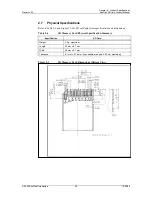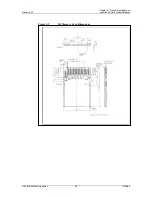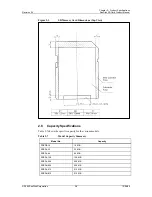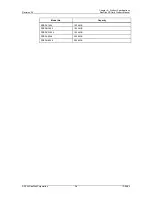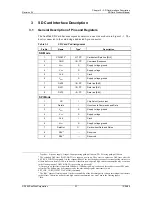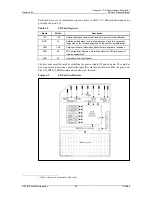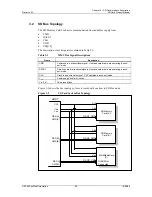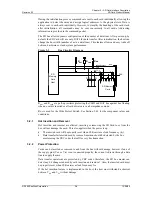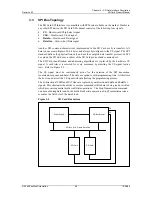
Chapter 1 – Introduction
Revision 2.2
SanDisk SD Card Product Manual
© 2004 SanDisk Corporation
1-6
12/08/04
•
SD Status
is stored in 512 bits that are sent as a single data block after it was requested
by the host using the SD_STATUS (ACMD13) command. SD_STATUS contains
extended status bits that relate to BUS_WIDTH, security related bits and future
specific applications.
1.12.5 Memory
Array
Partitioning
The basic unit of data transfer to/from the SanDisk SD Card is one byte. All data transfer
operations that require a block size always define block lengths as integer multiples of
bytes. Some special functions need other partition granularity. Figure 1-2 shows the
Memory Array Partitioning.
For block-oriented commands, the following definition is used:
•
Block
—A unit related to block-oriented read and write commands. Its size is the
number of bytes that are transferred when one block command is sent by the host. The
size of a block is either programmable or fixed; information about allowed block sizes
and the programmability is stored in the CSD Register.
The granularity of the erasable units is, in general, not the same as for the block-oriented
commands:
•
Sector
—A unit related to the erase commands. Its size is the number of blocks that are
erased in one portion. The size of a sector is fixed for each device. The information
about the sector size (in blocks) is stored in the CSD Register.
For devices that include write protection, the following definition is used:
•
WP Group
—A minimal unit that may have individual write protection. Its size is the
number of groups to be write protected by one bit. The size of a WP group is fixed for
each device. The information about the size is stored in the CSD Register.

















